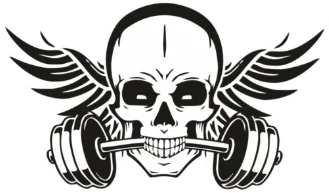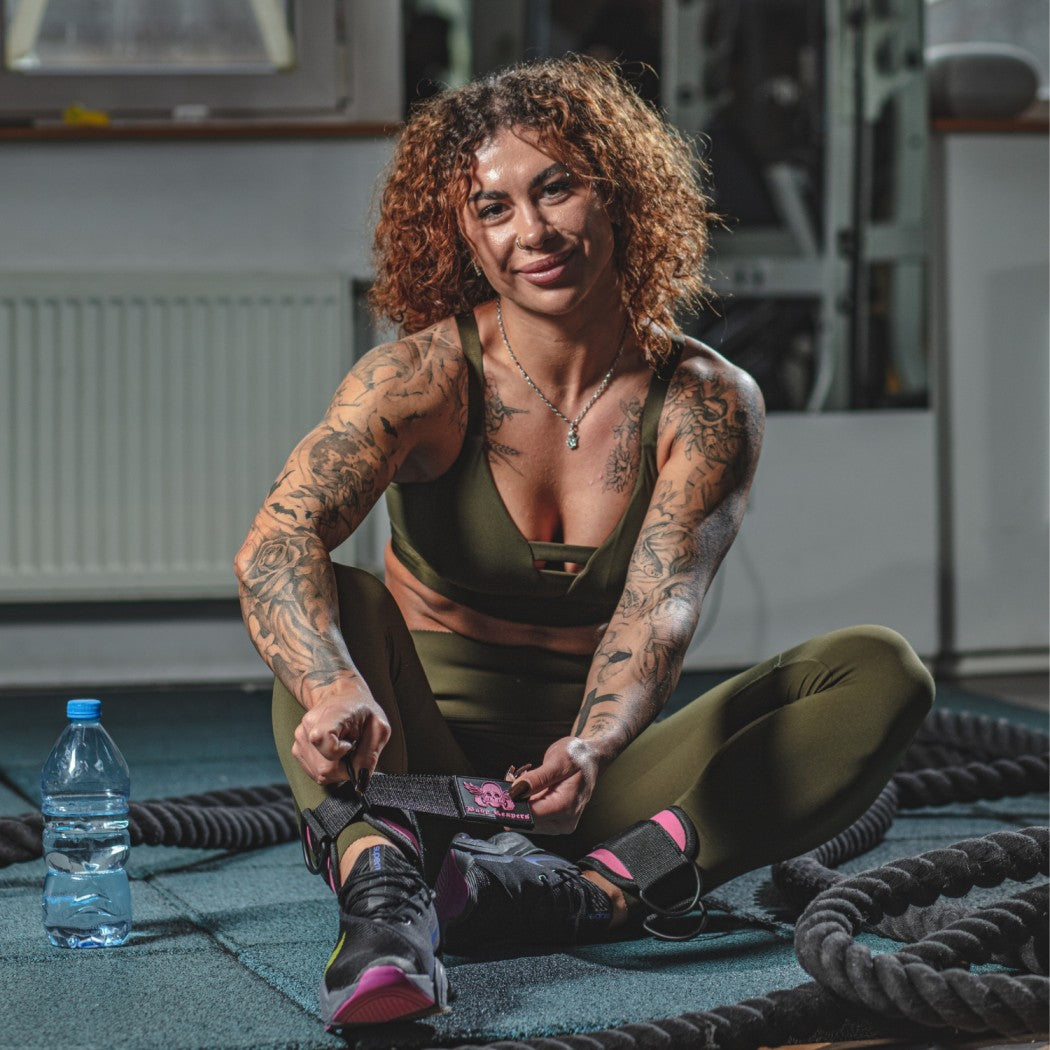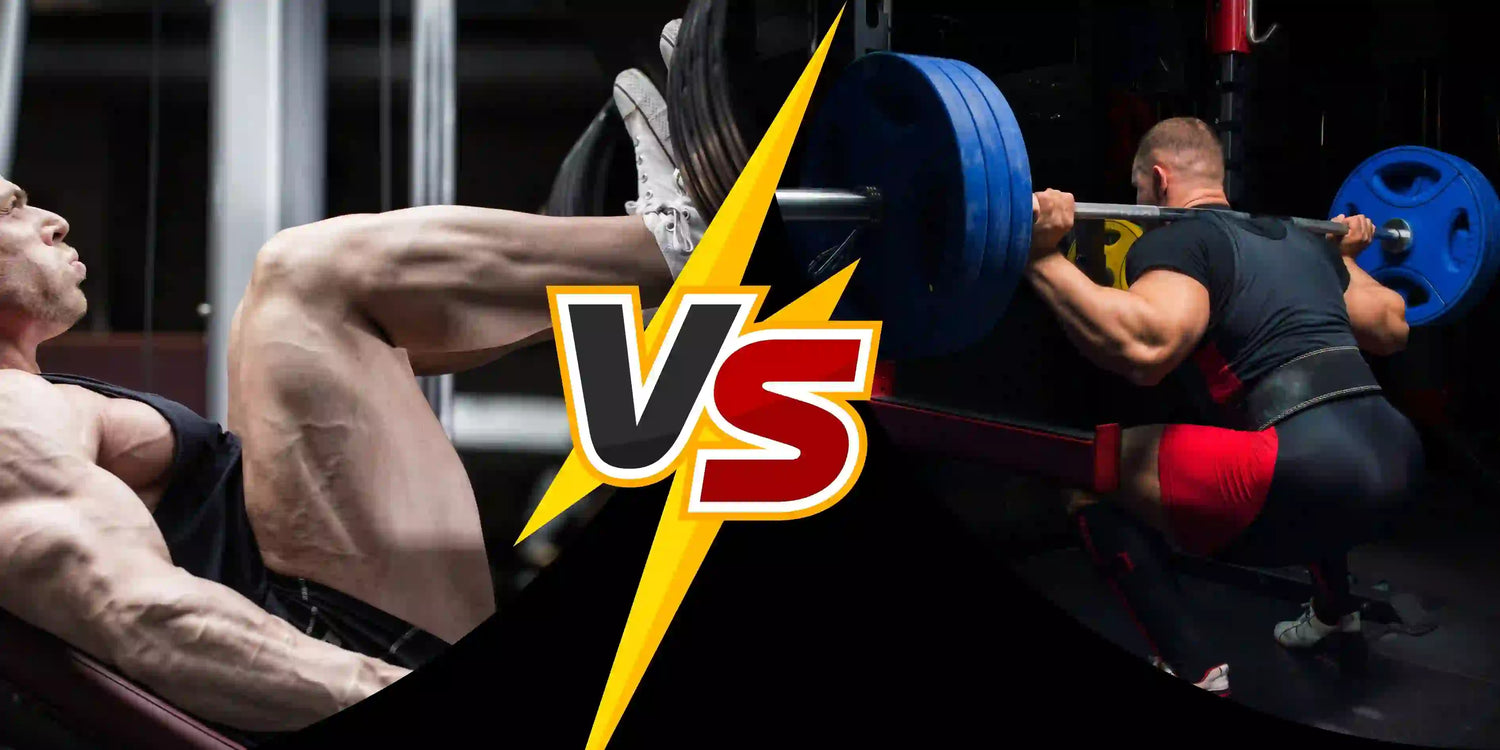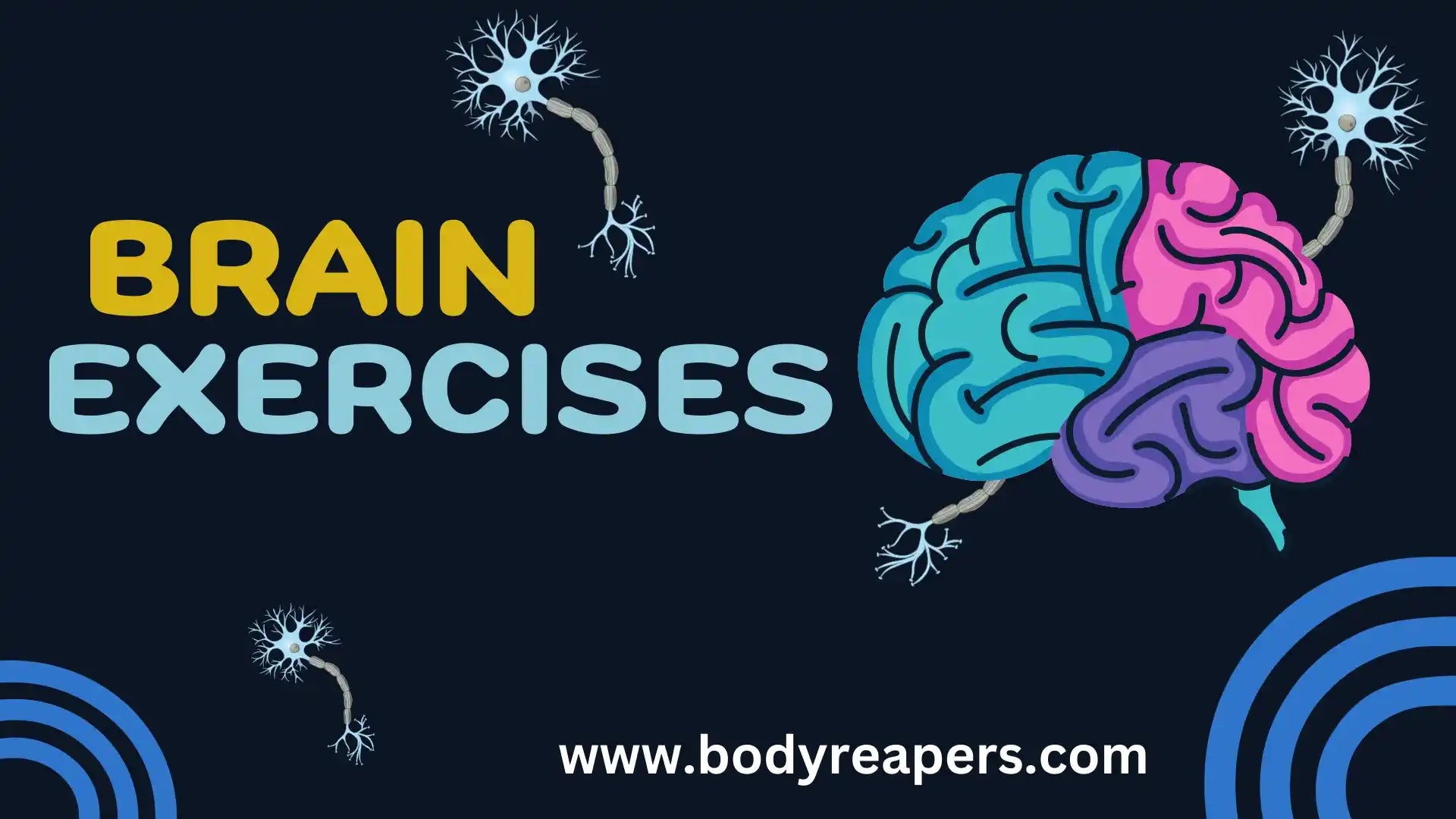Leg Press vs Squat: Which is Better for Strength Training?
When you're designing a workout plan that focuses on strength, two powerhouse exercises often come up in conversation: leg press and squats. Both are essential components in leg training, yet they offer distinct benefits and challenges.
In this article, we'll take a deeper dive into the mechanics of each, compare their similarities and differences, and help you decide which exercise might be the best fit for your fitness goals.
What is Leg Press?

The leg press is a machine-based exercise that targets the lower body, primarily the quadriceps, hamstrings, and glutes. It provides a controlled environment for pushing heavy weights with minimal risk to balance, making it an excellent alternative for beginners or those recovering from injury.
Leg Press Variations
While the leg press may seem like a straightforward machine exercise, there are a few variations that can help target different parts of the leg muscles. Here are some variations to try to maximize your leg press routine.
1. One-Leg Leg Press
For a more intense workout and to target each leg individually, perform the leg press with one leg at a time. This variation ensures that each leg gets a thorough workout, helping to improve balance and prevent muscle imbalances. Make sure that the weight you're using is manageable for one leg, as it can be more challenging than using both legs simultaneously.
Benefits:
- Improves muscle imbalances
- Increases core engagement
- Focuses on unilateral leg strength
2. Higher Foot Placement
By placing your feet higher on the platform, you emphasize the glutes and hamstrings more than your quads. This is ideal for individuals looking to target the posterior chain more effectively.
How to do it:
- Position your feet higher up on the platform, around shoulder-width apart.
- Press through your heels and avoid locking your knees at the top.
Benefits:
- Focuses more on the glutes and hamstrings
- Targets the posterior chain for balanced leg development
3. Lower Foot Placement
This variation places more emphasis on your quadriceps. The lower your feet are on the platform, the more the quads are activated, as this variation mimics a deeper squat movement.
How to do it:
- Lower your feet towards the bottom of the platform.
- Ensure that your knees track in line with your toes and avoid letting them cave inward.
Benefits:
- Focuses more on the quads
- Mimics the mechanics of a deep squat
What is Squat?

Squats are often referred to as the "king of exercises" due to their compound nature. This exercise works not only the legs but also engages the core and upper body to maintain balance and posture. Squats are incredibly versatile and can be performed with bodyweight or additional resistance, such as dumbbells or a barbell.
For more insights on preventing discomfort during squats, check out our article on Reasons for Lower Back Pain When Squatting.
Squat Variations
Squats, being a compound movement, can be performed in multiple variations, each targeting different muscles or movement patterns. Here are some squat variations you can add to your routine:
1. Goblet Squat
The goblet squat is a beginner-friendly variation of the squat, performed by holding a dumbbell or kettlebell close to your chest. This version is easier on your lower back, allowing you to focus more on the squat mechanics, including maintaining a straight back and achieving proper depth.
How to do it:
- Hold a kettlebell or dumbbell in front of your chest with both hands.
- Squat down, keeping your chest up and back straight.
- Push through your heels to return to a standing position.
Benefits:
- Great for beginners
- Improves squat depth and mobility
- Targets the quads, glutes, and core
2. Bulgarian Split Squat
This single-leg squat variation is an excellent way to isolate each leg, addressing muscle imbalances and targeting leg strength and stability. By placing one foot behind you on a bench or elevated surface, you can target the quads and glutes of the front leg.
How to do it:
- Stand facing away from a bench and place one foot behind you on the bench.
- Lower your hips, keeping your torso upright and knees in line with your toes.
- Press through the heel of the front leg to return to a standing position.
Benefits:
- Enhances unilateral strength
- Targets the quads, hamstrings, and glutes
-
Improves stability and balance
Related Article: For a deeper dive into a powerful leg exercise, please read our article on Bulgarian Split Squats: The Ultimate Leg Exercise for Stronger Glutes and Quads.
3. Front Squat
In a front squat, the barbell is positioned on the front of the shoulders rather than across the upper back. This variation shifts more of the focus onto the quads and requires greater upper back strength to maintain an upright posture.
How to do it:
- Position a barbell across the front of your shoulders, with elbows high and palms facing up.
- Squat down while keeping your chest up and back straight, lowering your hips below parallel.
-
Press through your heels to return to a standing position.
Benefits:
- Places greater emphasis on the quads
- Improves core and upper back strength
- Great for enhancing squat form
How are Leg Presses and Squats Similar?
Both exercises target the lower body, focusing primarily on the quadriceps, hamstrings, and glutes. They are both essential for building leg strength and improving athletic performance. Additionally, both exercises can be adjusted to fit various fitness levels, making them accessible for beginners while also challenging for advanced athletes.
The key similarity between the two is that they both promote muscle growth in the lower body, helping to increase leg strength, which is essential for functional movements and overall body development.
How are Leg Presses and Squats Different?
1-Systemic Stress
One of the significant differences between leg presses and squats lies in the level of systemic stress each exercise places on your body. Squats engage the core and upper body, requiring the activation of smaller stabilizing muscles, such as the adductors and spinal extensors, to maintain balance. This makes squats more demanding on the entire body.
On the other hand, the leg press machine isolates the lower body, offering less systemic stress and reduced involvement of the upper body.
2- Versatility
In squats, there is some room for adjusting foot position to target different muscles. However, balance and stability are essential, and your ability to adapt without compromising safety is limited.
In contrast, the leg press allows for more foot placement variations, making it easier to target specific muscle groups, such as the quads or glutes, depending on where you place your feet on the platform.
3- Safety
Squats, particularly when performed with heavy weights, require a higher level of focus and balance, which can increase the risk of injury if a form is compromised. Leg presses are inherently safer, as they are machine-assisted, and they come with safety mechanisms that prevent the weight from causing harm if you can't complete the lift.
Which is Better: Leg Press or Squats?
Choosing the better exercise ultimately depends on your fitness goals. If you're aiming for overall strength and functional fitness, squats are the superior choice. They require more core stability, balance, and coordination, making them a more functional exercise for real-life activities.
However, if your primary goal is to isolate your leg muscles, particularly the quadriceps (quads) or glutes, and you want a lower-risk option, the leg press may be a better choice for your needs. The leg press also provides an excellent option for beginners or those recovering from injury due to its controlled environment.
When to Leg Press
The leg press is ideal for individuals who want to:
- Target their leg muscles with less strain on the lower back and core.
- Beginner lifters looking for a safe introduction to resistance training.
- People recovering from lower body injuries or those who need to avoid spinal strain.
-
Leg muscle isolation, particularly for the quadriceps and gluteal muscles.
Benefits:
- Targets specific leg muscles
- Easier on the back and joints
- Safer for beginners and rehab situations
Drawbacks:
- Less overall body engagement
- Not as functional as squats
- Limited range of motion
When to Squat
Squats should be prioritized if your goal is to:
- Build functional strength and improve core stability.
- Increase overall mobility and flexibility in the hips and knees.
-
Enhance athletic performance by improving explosive power and lower-body strength through squats.
Benefits:
- Engages multiple muscle groups, including the core
- Improves flexibility and mobility
-
Great for athletic performance
Drawbacks:
- Requires more technical skill
- Higher injury risk if performed incorrectly
- It may not be suitable for those with specific joint issues.
Related Article: Struggling with discomfort during lifts? Discover the common reasons for lower back pain when squatting and learn how to prevent it
Can You Do Leg Press & Squats in the Same Workout?
Yes, it is possible to incorporate both leg presses and squats into a single workout, and doing so can offer a balanced approach to leg development. However, you should consider the pros and cons:
Pros:
- Increase strength across different ranges of motion.
- Breakthrough strength plateaus by isolating different muscle groups.
- Balanced muscle development by providing varied stimuli.
Cons:
- Both exercises target the quads, hamstrings, and glutes, leading to significant muscle fatigue.
- It can be time-consuming, potentially leaving less time for other essential exercises.
- Excessive volume may lead to overtraining if fatigue is not adequately managed.
Sample Workout:
- Squats: 3 sets of 6 reps
- Leg Press: 3 sets of 10-12 reps
- Lunges: 3 sets of 8 reps per leg
- Single Leg Dumbbell Hip Thrust: 3 sets of 10 reps per leg
Final Thoughts
Both leg presses and squats offer unique advantages and should be considered based on your individual fitness goals. Squats are more versatile and functional, making them essential for overall strength and mobility.
The leg press, although not as adaptable, is excellent for isolating muscles and is safer for individuals who may struggle with balance or mobility.
Want to level up your leg workouts? Check out BodyReapers for top-quality fitness gear designed to support your strength journey. Start crushing your goals today!





Leave a comment
This site is protected by hCaptcha and the hCaptcha Privacy Policy and Terms of Service apply.